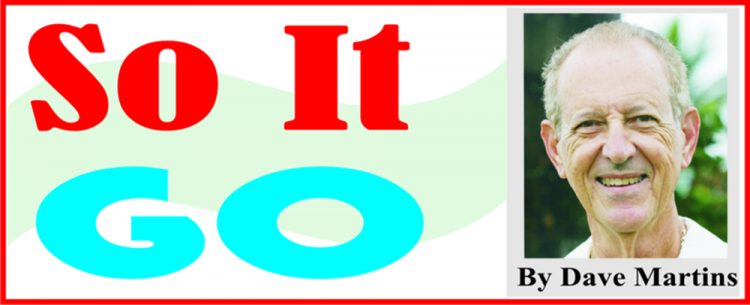Living again in Guyana and driving about in my van, I am often reminded of my early life in Georgetown, and going to St. Stanislaus. During my school days at St. Stanislaus College on a scholarship, I would board during the week with my DeSouza cousins in Carmichael Street in Georgetown, and go home to Vreed-en-Hoop for the weekend. I moved back and forth on my Rudge bicycle, whether going to Saints during the week, or back to Vreed-en-Hoop on weekends.
Looking back on those days later, I remembered how it was often difficult to make the various connections involved on my Rudge bicycle…. during the week, sometimes having to come from the school grounds on the East Coast (where I played soccer in the afternoon for the school, Galton House team) and had to make sure I left the ground in time to catch the last ferry boat for the day to Vreed-en- Hoop, where the Martins family lived.
In those week days, as well, in the mornings I had to get my tail to the Vreed-en-Hoop stelling for the early crossings back to the city. It was far from a simple exercise because with the crowded conditions on the boat, time was of the essence, and although Saints was very close to the Stabroek Market stelling, I had to get to the stelling on time for the ferry trip. You may think there would always be room for a slim Putagee boy with a bike, but some days it could be a dicey business, and on the return trip you had to be sure to get there early as your return trips later in the day could be a madhouse, with everybody looking for a space. I remember on my first crossing, nervous about where to put my bike, only to be told by one of the ferry crew, “Park it over the side na!” as he walked away. The other problem was that when school ended for the day, I had to make sure I headed back early enough to catch the last ferry. If I missed that I would have to impose on my DeSouza cousins to spend the night with them in their already crowded house on Carmichael Street. To look back on it is to be amazed that I don’t recall ever missing that evening ferry, I would have caught hell from my mother because there was no way to get a message to her… my cousins had a phone but we, across the river, did not. Suffice it to say, I never missed that homeward trip, not once.
The ferryboat trip itself was a kind of organised bedlam, with vendors, vehicles, large trucks, motor bikes, bicycles galore, and the lower deck in particular, with the bikes and vehicles was truly organised clutter. With a bow to T&HD I have to note that somehow the entire operation went on day after day with no cargo missing, no bicycles or motor vehicles damaged, and generally speaking things running close to schedule; how they achieved that I do not know. Some of the most hilarious encounters on the crossing had to do with passengers leaning against parked vehicles and catching hell from the owners, although I never once saw things come to blows.
In all this, the Rudge pedal bike was a blessing, as its moderate size meant I could always find a spot to park it, and with the saddle I always had a place to sit. Similarly, with the boat docked at Vreed-en-Hoop I was always in that first wave of mankind moving ashore and I would often be at home, in the family house, watching the procession from the ferry and glad to be out of it. With my bike downstairs, I was also one of the first ones out the boat and on my way home. Similarly, on my return trip to Atkinson Field, with my Rudge in the carrier on top the bus, I would be quickly home to my sister Theresa’s family place (her husband, Joe Gonsalves, was the Fire Chief at Atkinson),
In all this travail and jockeying for position or space, the Rudge made for easy living and I didn’t have to buy gas for it, or vulcanise any tyres. I didn’t think of it at the time, but looking back on those years, I have to say “Thank you, Mister Rudge. You made life a lot easier for folks like me, coping with not the best of circumstances, and not once leaving me at the roadside with a puncture – not once! Also, as I’m writing this in Guyana, those conditions are still very much in play for travelers. There is a bridge now, a few miles out of town, but the vehicle bedlam remains and the hustle and the bustle is still part of the scene. If you plan to visit Guyana, work in a trip across the Demerara Harbour Bridge and the Demerara River to the West Coast area where the taxis roam and the buses parade. It’s an experience you will long remember!
